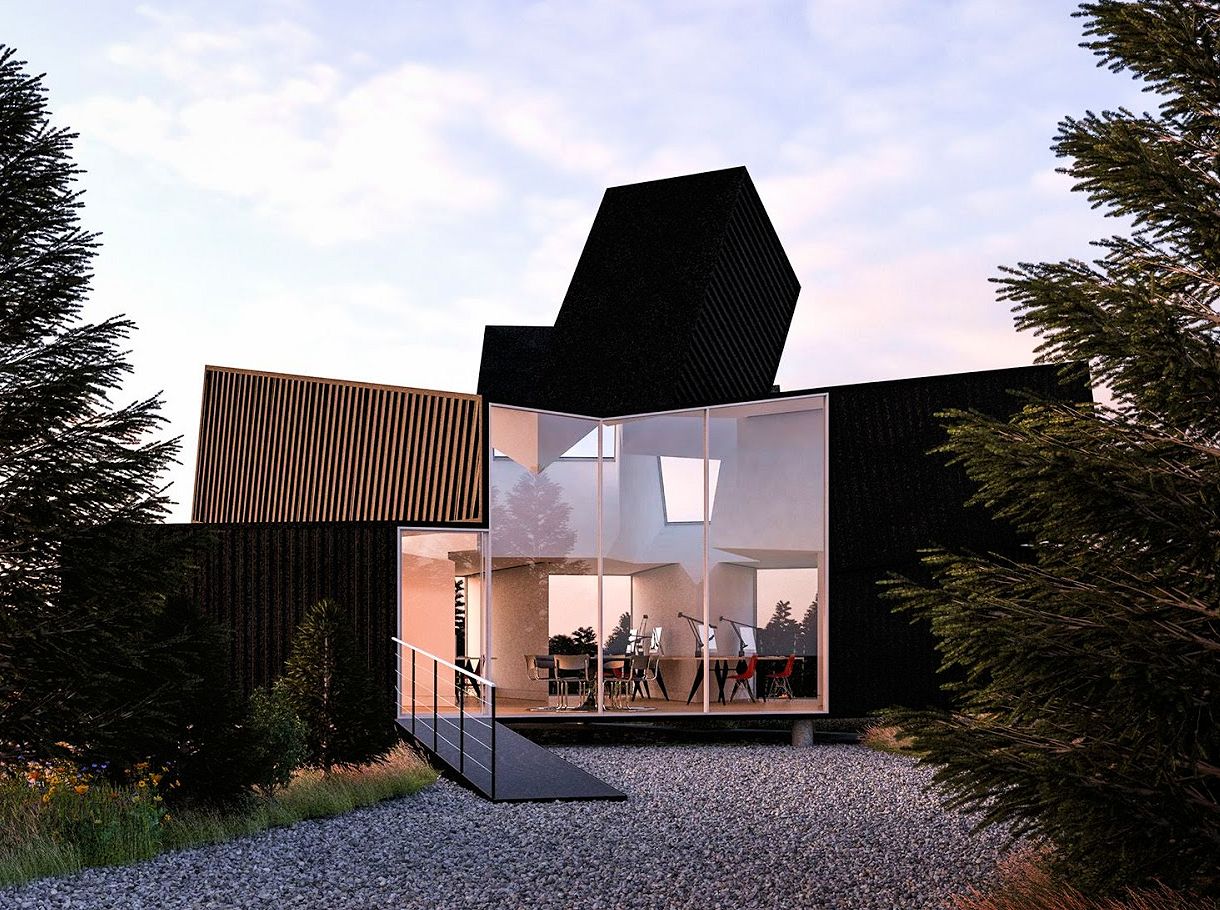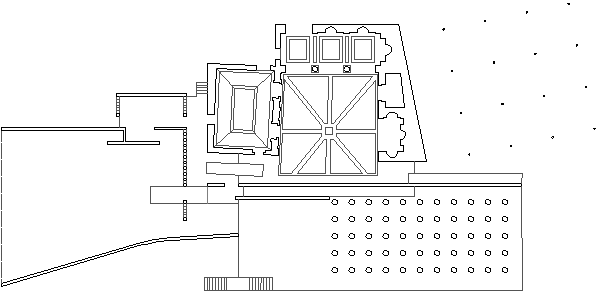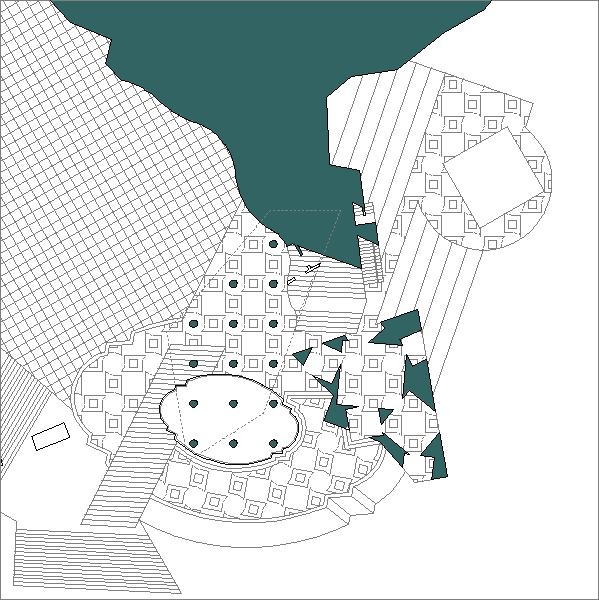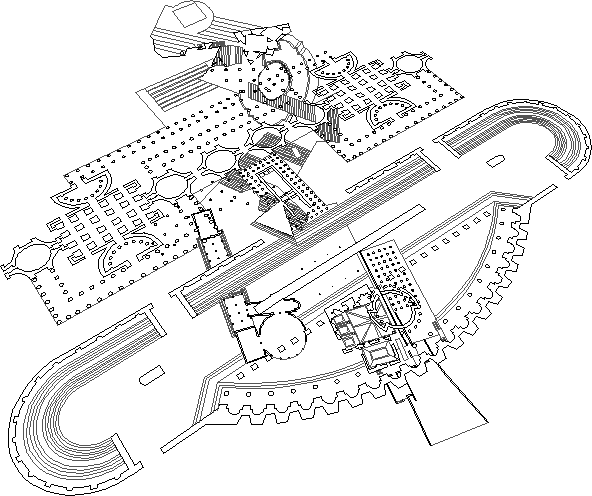2000.03.23 12:30
teaching at its best
The notion of reenactment within architecture is indeed central to architectural aesthetics, especially in our time. With reenactment comes a clearer understanding of authenticity versus inauthenticity. Because of reenactment, what is most often deemed inauthentic, is more correctly an inversion of the authentic, and here Duchamp's urinal redux is a perfect example.
Even though Disney Land/World are enormous commercial/tourist successes, they nonetheless remain aesthetic quandaries, but they really should be understood aesthetically. Again, because of reenactment, I not only see answers to Disneyfication in the architecture of Ludwig II, but I also see in the architecture of Ludwig II the opportunity to study the "architecture of reenactment" at a scale and magnitude (and accessibility) quite uncommon. I want nothing more than to discuss architectural reenactment in a scholarly manner.
| |
2005.03.23 13:47
Re: R...
Yesterday's post delivered Forms and Functions of 20th Century Architecture.
I remember these books from my student days in the 1970s, but haven't looked through them since then. I kind of remember thinking these books were not "inspirational" enough (for me) back then. After seeing them so cheaply available at eBay, I went to the library to look them over again, and decided I definitely want these book. I found them to now be very inspiring!
It's also interesting to compare these four heavy 1952 volumes ("prepared under the auspices of the School of Architecture of Columbia University") with the slim 2003 Index Architecture: A Columbia Book of Architecture.
Where in 1952 there are lengthy and well illustrated topics beginning with "The Elements of Building: Introduction" through to "The Architect and Urban Planning" and a whole volume dedicated to "The Principles of Composition" and vols. 3 and 4 fully devoted to addressing the designs of a great variety of building types (including Catholic Churches, Protestant Churches, and Synagogues), the 2003 Index Architecture curtly covers topics like 'abstraction' 'film' 'form' 'multiple' 'real' 'style and symmetry' etc.
Over a year ago I wrote that a lot of Index Architecture is pretty much useless and more like sophisticated advertising copy than anything else. Now, relative to Form and Functions..., I see Index Architecture as not just a missed opportunity to 'build' further upon architecture, but a sign of how overly pretentious the study of architecture can be(come).
What I particularly like about Form and Functions... is how lessons from architecture's past are well integrated with newer architecture design practice up to the mid 20th century.
Of course, I get a kick out of the fact that the first building illustrated in Form and Functions... is the Basilica of Constantine in Rome, which began construction under Maxentius, and was finished (I believe) under the design supervision of Eutropia (Maxentius' mother) and Helena (Constantine's mother).
Plus, there is this great little diagrammatic drawing demonstrating a scale comparison with the Trilon and Perisphere of the 1939-40 New York World's Fair--
| |
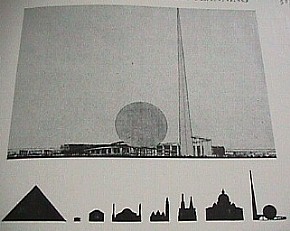
--from left to right: the Great Pyramid, Parthenon, Pantheon (which looks a lot bigger than it actually is), Santa Sophia, Constantinople, St. Mark's Venice, Chartres, St. Peter's Rome, the Trilon and Perisphere.
| |
08032301 mirror-copy plans 2392i56
08032302 mirror-copy plans 2392i57
08032303 mirror-copy plans 2392i58
08032304 mirror-copy plans 2392i59
08032305 mirror-copy plans 2392i60
08032306 mirror-copy plans 2392i61
| |
13032401 New Not There City site plan development 217ai04
15032301 Whitaker Studio Advertising Agency Hechingen
18032301 museum collecting IQ39 Hadrian's Villa Palace of Versailles Mount Pleasant Altes Museum Whitemarsh Hall Philadelphia Museum of Art site plans plans 206ki11
|
